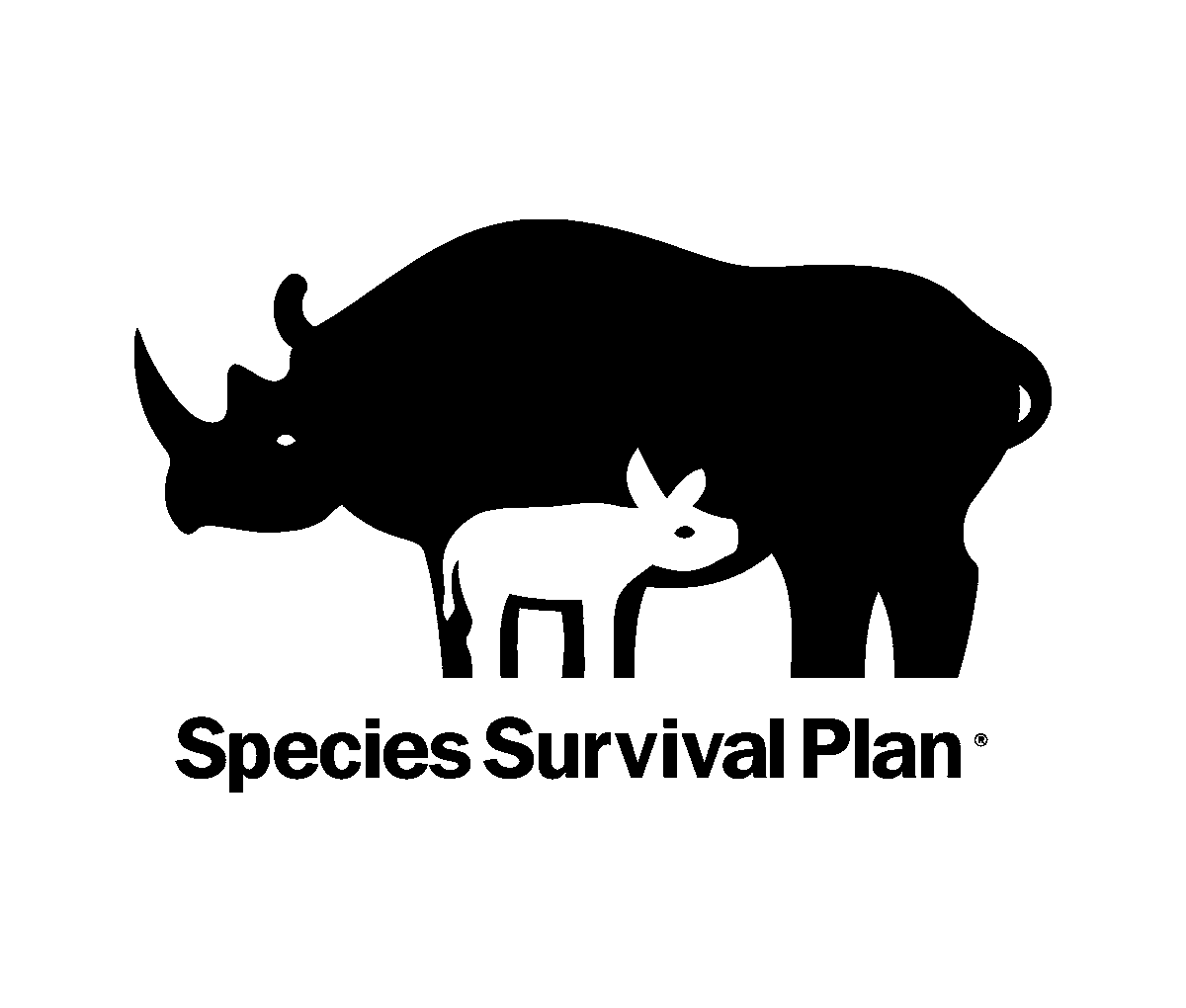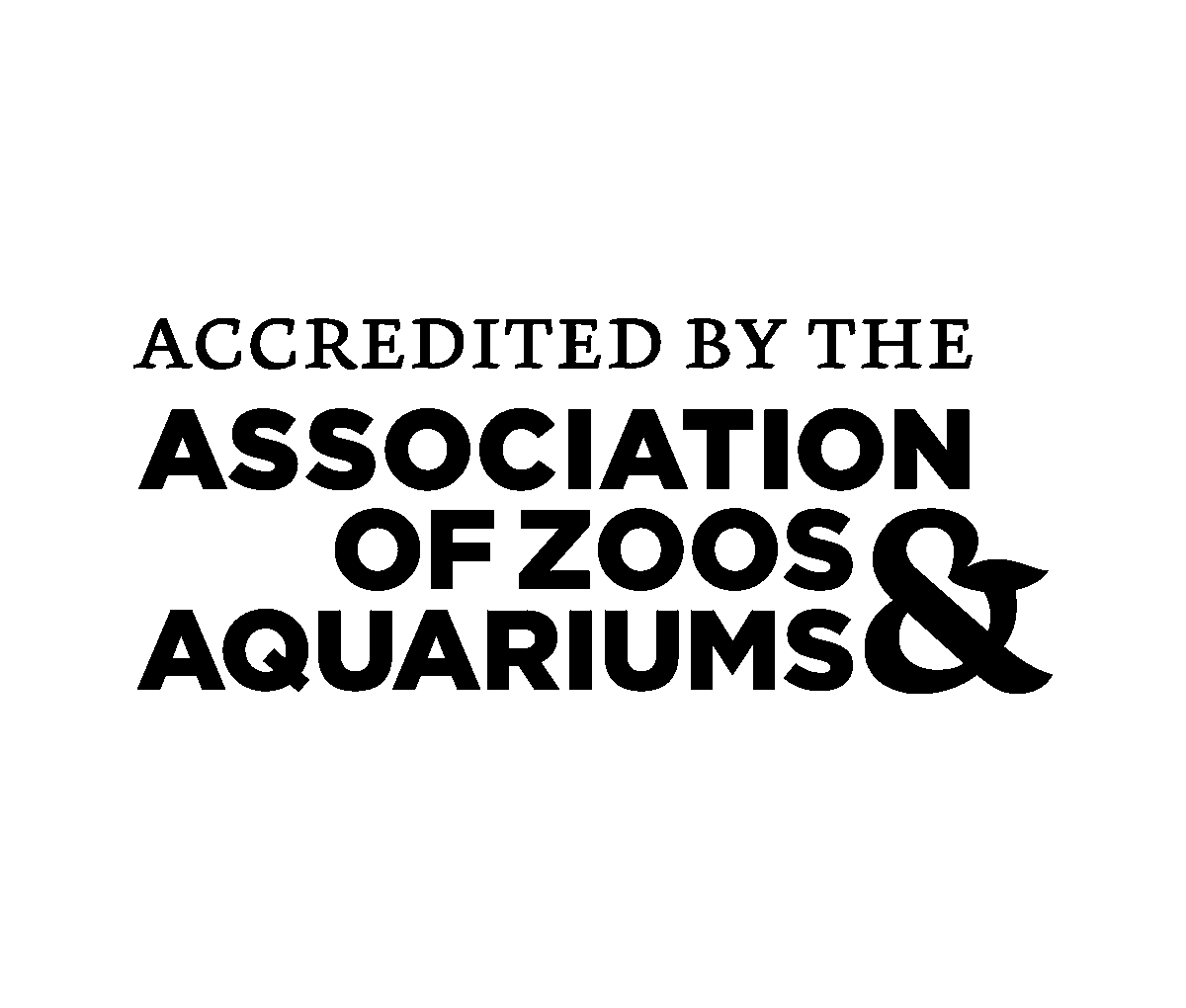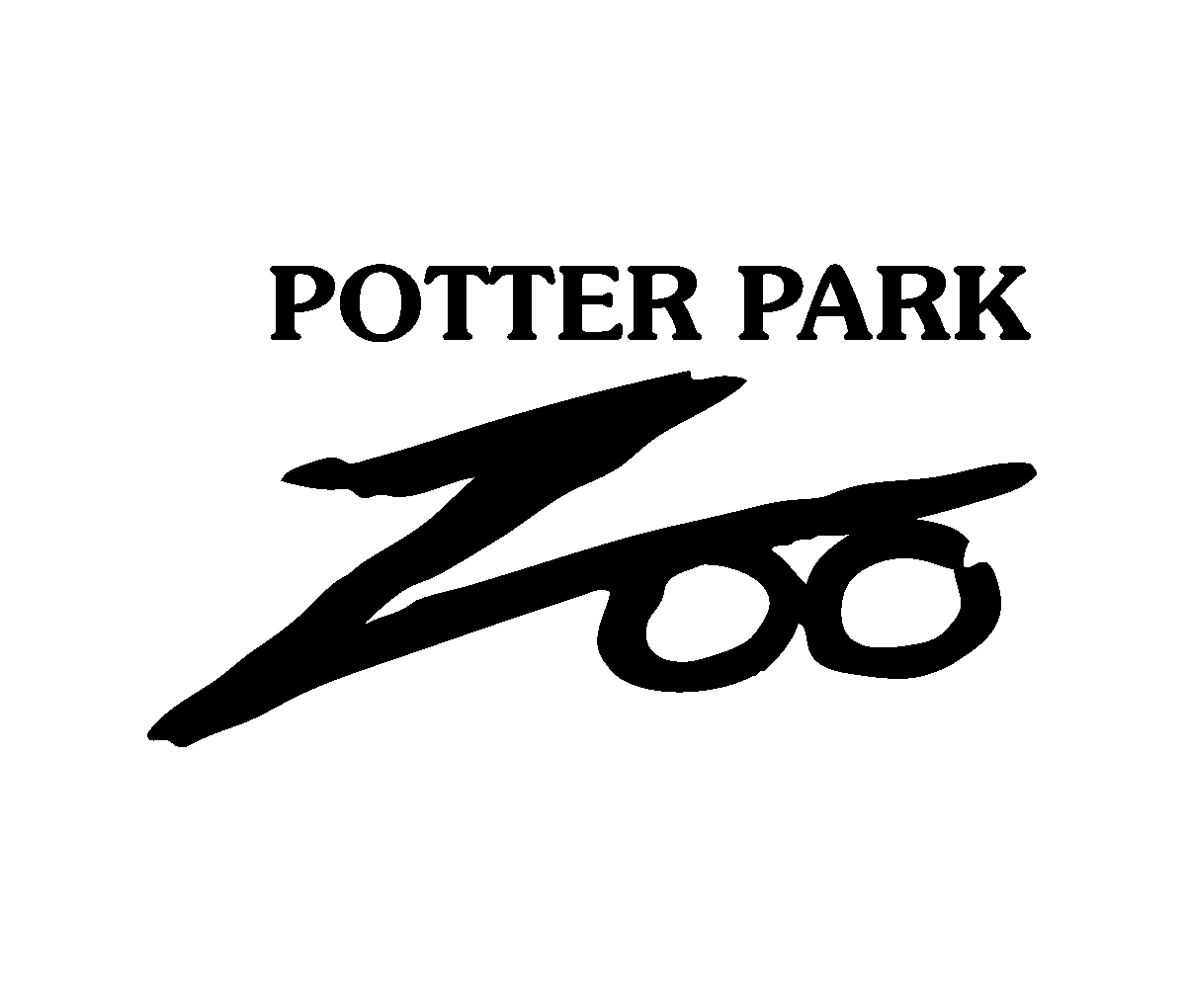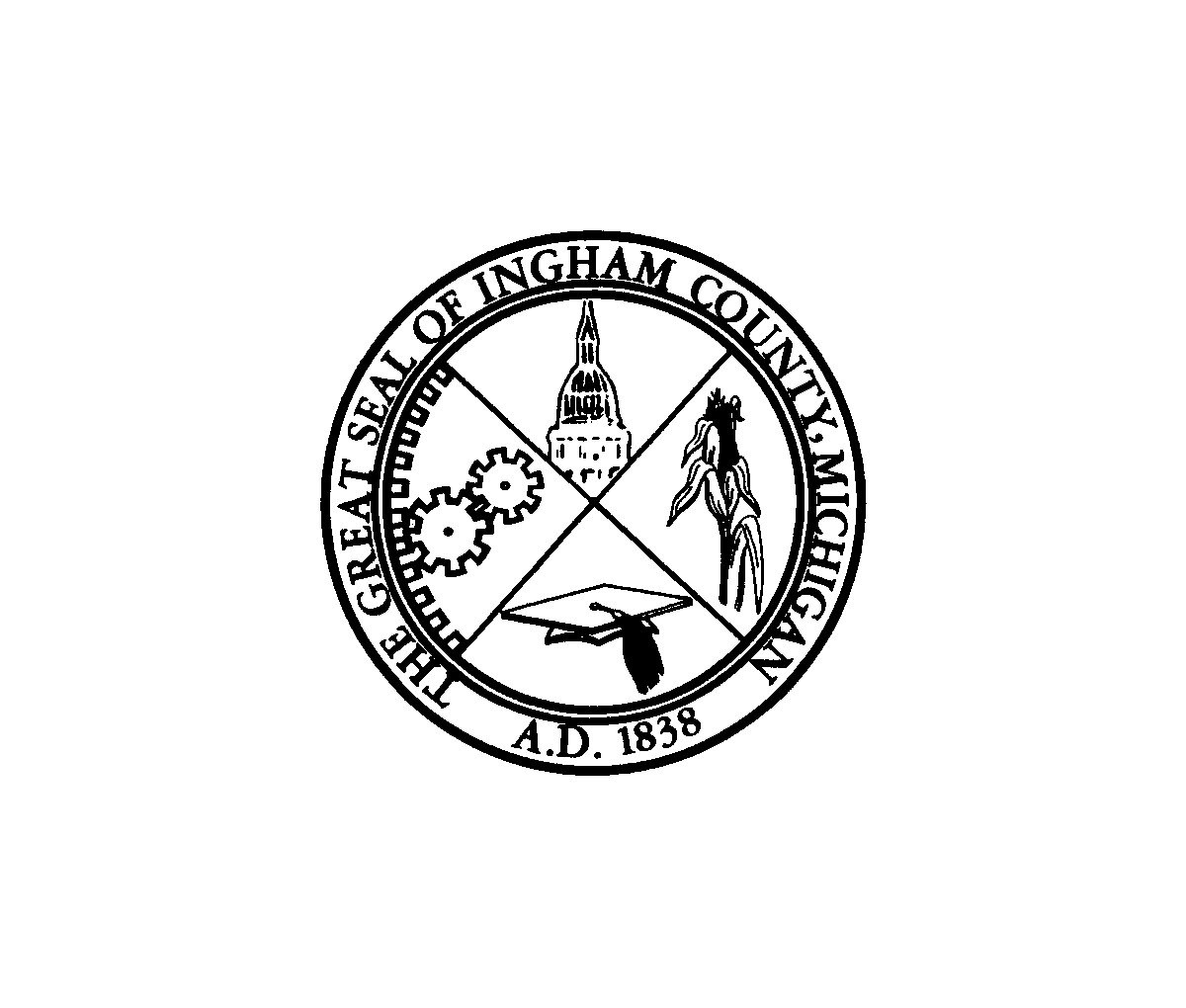Soon the growing season will be upon us. Garden centers are already stocking up on spring yard essentials. Americans spend thousands of dollars on pesticides, fertilizers, and gas to mow lawns and use nearly three trillion gallons of water annually to irrigate those lawns.
You can cut costs, reduce the time needed to care for your yard, and create habitat for pollinators. The secret? Native plants! Native plants are species that are endemic to the area (grow here naturally). Because they have been in this area for thousands of years, native plants are adapted to the weather, animals, insects, and the daylight pattern better than introduced plant species.
Key to a Healthy Habitat
 The best way to create a truly healthy habitat on a piece of property is to add plant diversity. Native wildflowers can help pollinators by providing a safe habitat with high quality food, great for bees, song birds, and butterflies. They also have a benefit that is hidden underground in their extensive root systems. Kentucky blue grass (a common turf grass) has about 3-4 inches of roots. Some native grasses and wildflowers put down roots 3 to 9 feet into the ground! Root systems are excellent at absorbing extra water and stabilizing the soil, which can have benefits for water quality, freshwater fish, invertebrates, and amphibians.
The best way to create a truly healthy habitat on a piece of property is to add plant diversity. Native wildflowers can help pollinators by providing a safe habitat with high quality food, great for bees, song birds, and butterflies. They also have a benefit that is hidden underground in their extensive root systems. Kentucky blue grass (a common turf grass) has about 3-4 inches of roots. Some native grasses and wildflowers put down roots 3 to 9 feet into the ground! Root systems are excellent at absorbing extra water and stabilizing the soil, which can have benefits for water quality, freshwater fish, invertebrates, and amphibians.
 Next steps
Next steps
So how do you incorporate native plants into your landscaping? You can go big, like planting a native prairie in place of lawn. Or you can start small by choosing to plant some perennial native species in your yard this spring instead of non-native annuals that have to be replaced every year. After the first few months, these perennials will be established and not require frequent watering. You could also create a native rain garden in an area of your yard that retains water after a rain event.
If you want to save money on irrigation, time on mowing and watch butterflies, bees and songbirds in your backyard, contact a local native plant greenhouse and start planning your native plant gardens.
Check out these blog posts to learn more about where to find native plants near you.
https://potterparkzoo.org/minativeplants/
If you would like to see a native garden in action, read this blog post about Potter Park Zoo’s own pollinator garden before visiting us later this spring to see it in bloom.
https://potterparkzoo.org/pollinator-garden-we-have-one-and-you-can-too/
Check out this upcoming event at Potter Park Zoo!
Arbor Day celebration April 29- https://potterparkzoo.org/event/arbor-day-celebration/




